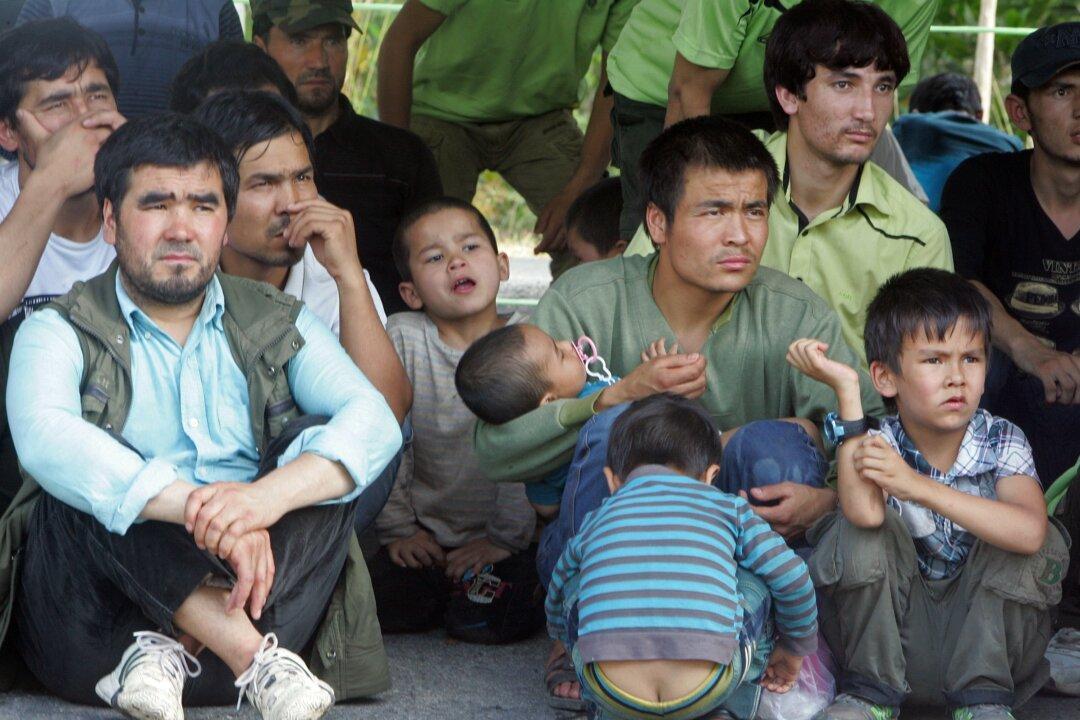The number of Chinese asylum seekers increased by nearly 800 percent between 2012 and 2021, according to data from the United Nations High Commissioner for Refugees (UNHCR).
In 2019 the number of Chinese asylum seekers first reached over 100,000.
These people were forced to leave China, which has not been ravaged by war in the past decade and declared itself to have achieved “moderate prosperity” in 2021. The zero-COVID restrictions and strict border controls in 2020 and 2021 were not able to stop people from fleeing China.
“In one year of Xi Jinping’s rule, 2021, China has now had more asylum-seekers than during the last eight years of his predecessor Hu Jintao’s rule,” wrote Safeguard Defenders in the report.
It also noted that the United States has been the most popular destination for Chinese asylum seekers, which saw 88,722 persons seeking asylum there, and Australia is the second most popular, with 15,774 asylum seekers last year.
The number of Chinese asylum seekers continues to increase, “with no end in sight,” said the organization.
China’s Long-Arm Policing Abroad: Safeguard Defenders
According to a January report of Safeguard Defenders, the Chinese Communist Party (CCP) touted that 10,000 Chinese citizens have been successfully brought back from over 120 countries across the world since it launched Operation Fox Hunt in 2014.The 69-page dossier goes into detail about how each method is carried out, with data and case studies, to forcibly return Chinese nationals (or non-Chinese nationals born in China) located abroad.

Dong later surfaced in detention in China.
More cases of the Chinese diasporas being targeted and kidnapped by the CCP are disclosed in the report.
“Under Xi Jinping, the CCP has deepened, widened, and strengthened its persecution of all perceived sources of opposition ranging from underground churches, Falun Gong practitioners, Tibetans, Mongolians, Uyghurs, academia, and the media, not to mention its sweeping crackdown in Hong Kong,” said the report.
The 10,000 cases of forced return to China are just “the tip of the iceberg,” reads the report.
“The rapidly expanding global practice poses a severe threat to national sovereignty and individual rights everywhere,” the report states. “The CCP’s message is that nowhere is safe; fleeing overseas will not save you, there is no escape.”
“National awareness and investigations, as well as targeted actions to counter these operations and protect those most at risk are key to upholding the international rules-based order,” said the report in its recognition of the need for action.





